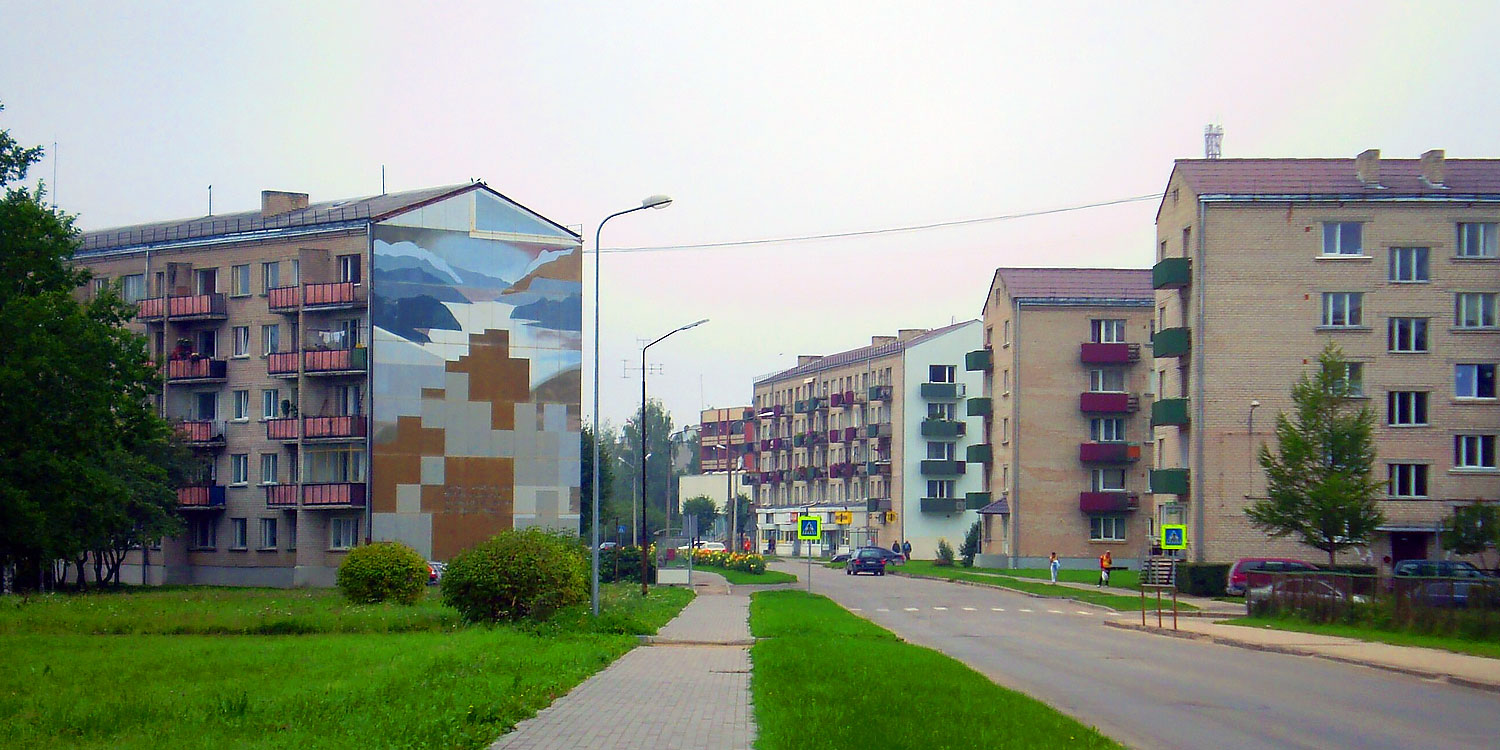Khrushchev-era Housing Projects in Latvia – Pros and Cons
During the Soviet era in the 1960s–1980s, Riga saw the mass construction of Khrushchevka apartment buildings, iconic five-story structures with sand-lime brick walls. These were built to quickly address housing shortages, resulting in compact layouts, walk-through rooms, and shared bathrooms in most units. The first such buildings in the USSR appeared in 1957 in Moscow, but in Latvia, they not only shaped microdistricts (like Jugla or Āgenskalns) but entire cities such as Aizkraukle and Jelgava.
How to Identify a Khrushchevka?
Materials: Sand-lime bricks or prefab concrete panels (depending on construction period).
Layout: 1–3 room apartments, often without enclosed private spaces.
Amenities: No elevator or garbage chute; some have small balconies/loggias.
Height: Up to 5 floors.
Where to Find Khrushchevkas in Riga?
These buildings are concentrated in microdistricts such as:
Āgenskalna Priedes, Jugla, Purvciems, Teika, Ķengarags, Ziepniekkalns, and the Botāniskā dārza area.
They are often located near industrial zones (e.g., Dzelzavas iela, Sarkandaugava) or major thoroughfares.
Pros and Cons
✅ Better thermal insulation compared to panel-built Soviet blocks.
✅ Easy to remodel due to lack of load-bearing walls.
✅ Widely available across city districts and regions.
✅ Relatively affordable average prices.
❌ Small kitchens and rooms (often 8–12 m²).
❌ Shared bathroom/toilet in most units.
❌ Poor soundproofing between apartments.
How Do Khrushchevka Neighborhoods Look Today?
Originally designed green courtyards with playgrounds have often become overcrowded parking areas. Trees and shrubs are frequently untended. While some buildings have been renovated, most still reflect their Soviet-era heritage.
Conclusion
Khrushchevka apartments in Riga are ideal for budget-conscious buyers seeking homes in areas with solid infrastructure. Though lacking modern touches, they offer affordable opportunities in prime locations with potential for customization. Before purchasing, assess the building’s technical condition and renovation possibilities!
